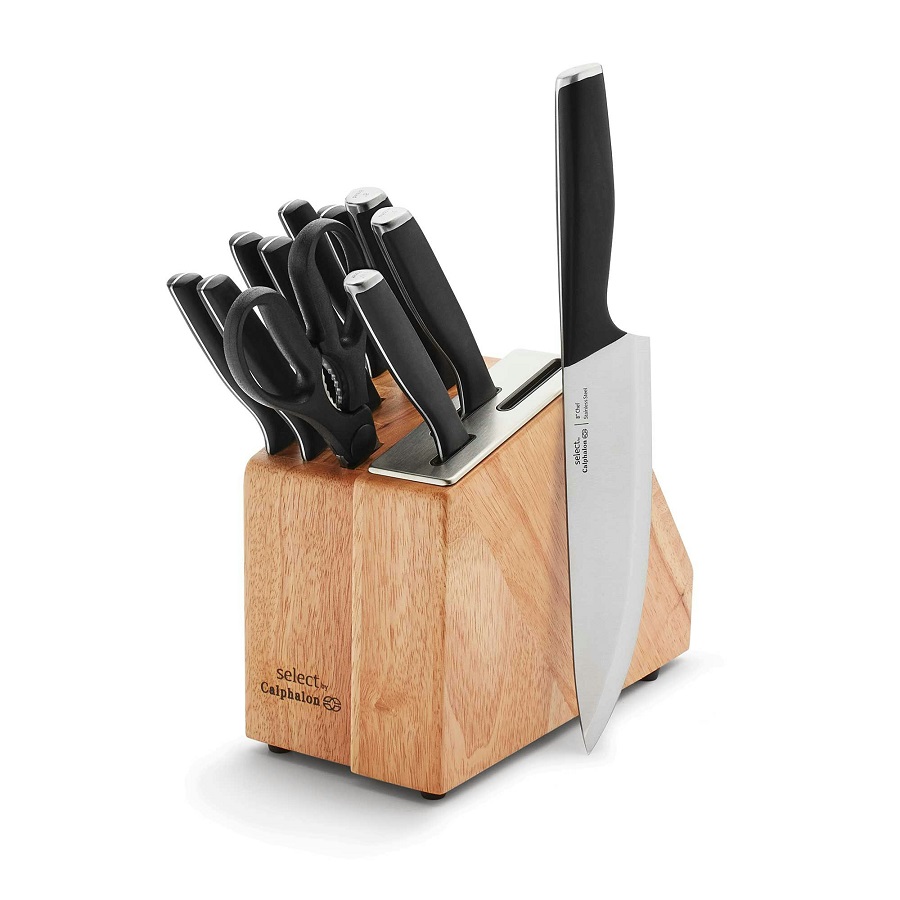Introduction to Kitchen Lingo
Kitchens have a language all their own. This special lingo helps cooks and chefs communicate quickly and accurately during busy times. Knowing key terms like ‘all day’ can make or break a service. It’s not just about words, it’s about keeping pace in a high-pressure environment. As a newcomer or a seasoned pro, mastering this language is a must. It ensures a smooth kitchen operation. Plus, it’s essential in delivering top-notch customer service. Let’s dive into kitchen speak and find out why ‘all day’ and other phrases are so important. Get ready to learn the secret code that makes kitchens tick!
The Origins and Significance of ‘All Day’
When you step into the whirlwind that is a restaurant kitchen, you hear ‘all day’ a lot. It’s not about food getting cooked from morning till night. The phrase ‘all day’ holds a deeper meaning. It tells the kitchen crew the total number of a dish to prepare at that moment. Say three pastas ‘all day’; that’s the sum of pasta orders up to now.
This term likely came from the need for snappy, clear communication in fast-paced kitchens. Picture a train’s dining car in the past. Chefs there needed to shout orders above the din of clattering tracks. They needed a shorthand. ‘All day’ became that term, saving time and preventing mix-ups in orders.
Today, ‘all day’ keeps kitchen staff on their toes. It avoids overcooking or missing out on any dishes. It also helps staff plan their moves and manage ingredients.
But ‘all day’ does more than streamline the cooking. It builds bridges between the back and front of the house. Servers listen out for ‘all day’ numbers. This way, they know what’s going on in the kitchen. They can tell customers about waiting times more accurately.
In summary, ‘all day’ is key in kitchens. It ensures meals come out timely and keeps everyone in sync. The simple phrase is mighty, carrying the weight of the kitchen’s teamwork on its shoulders.
‘All Day’ in Action: How it Streamlines Kitchen Operations
‘All day’ is a powerful tool in kitchen efficiency. It simplifies the tracking of orders. For example, if a chef knows there are five chicken dishes ‘all day,’ they prep five, no more, no less. It prevents wasted effort on extra dishes and avoids running short. This term helps chefs allocate ingredients and plan their cooking sequence. It’s like a live tally, keeping everyone aware of outstanding orders.
This phrase also assists in managing the hectic flow of a busy kitchen service. When chefs know ‘all day’ numbers, they can pace themselves. They won’t rush dishes that aren’t needed yet; they focus on what’s urgent. It allows for a more organized approach to serving dishes. Cooks avoid doubling up efforts, and the kitchen avoids traffic jams of orders.
By using ‘all day’ effectively, kitchens can serve customers faster. The term supports a rhythm, a steady beat of dishes leaving the kitchen. It’s a key to a smooth service, where every team member knows their role. In essence, ‘all day’ is a simple phrase that upholds order and tempo in the bustling kitchen dance.
The Role of ‘All Day’ in Restaurant Communication
The term ‘all day’ is vital in restaurant talk. It keeps staff from doubling orders. Cooks use it to track dishes and manage busy times. ‘All day’ tells the exact count of meals to make. It helps kitchens run without mix-ups.
Servers use ‘all day’ to update customers on waits. With this count, they can give accurate wait times. It makes for better customer service. ‘All day’ helps front and back staff work as one.
In short, ‘all day’ smooths out the communication in restaurants. It links cooks to servers and kitchens to diners. This simple phrase is a big part of teamwork in busy kitchens. So, understanding ‘all day’ is key for everyone in the restaurant.
 Beyond ‘All Day’: Essential Terms Every Kitchen Pro Should Know
Beyond ‘All Day’: Essential Terms Every Kitchen Pro Should Know
In the kitchen’s tight rhythm, ‘all day’ is just the start. Knowing more terms strengthens teamwork. Let’s explore key phrases to make any kitchen pro tap into this unique language.
A la Minute
This means cooking fresh, made to order. It’s critical for quality and taste.
Fire
A call to action. When you hear this, it’s time to cook ordered dishes now.
Behind/Hot
Warnings to prevent accidents. They alert staff to others moving with hot or sharp items.
Pick Up
Signaling dishes ready for service. Servers know to take them to the waiting diners.
86
Kitchen code for menu items running out. Communicates to staff to stop offering these dishes.
Mise-en-Place
French for ‘everything in place’. It refers to organized ingredients for efficient cooking.
On the Fly
Rushing orders forgotten or missed. It’s about quick action to keep service smooth.
In the Weeds
Describes being swamped with orders. It’s how staff express feeling overwhelmed.
These phrases and more are the kitchen’s shorthand. They keep the space humming and efficient. Chefs and cooks use these to communicate, stay organized, and manage bustling services. Next time you’re in the heat of the kitchen dance, these phrases will keep you in step.
Challenges and Solutions in Training Staff on Kitchen Slang
Teaching kitchen slang is tough. New hires may not know terms. So training must be clear. Use role-playing games. They help staff learn the lingo. Also try team quizzes. They make learning fun. Include slang in onboarding sessions. This helps from day one. Pair newbies with vets. It’s real-world learning. Make a slang cheat sheet. Staff can refer to it.
Language barriers can add to training trouble. To fix this, offer multilingual guides. Use pictures and signs. They show slang meaning without words. Tech can help too. Use apps or videos in many languages. Track learning progress. See who gets the slang and who doesn’t. Reward staff who learn quickly. It encourages others.
Some staff might resist new terms. They could feel it’s too hard. But keep training positive. Show how slang helps them work better. Once staff see benefits, they’ll likely join in. Reinforce correct usage. Correct mistakes right away. But do so kindly. Celebrate small wins. A good word can motivate.
Training on kitchen slang never really ends. Keep going over terms often. Update staff when new slang comes out. The goal: a team fluent in kitchen talk. It keeps the kitchen running well.
‘All Day’ and Efficiency: A Match Made in the Kitchen
The term ‘all day’ works wonders for kitchen efficiency. It helps chefs keep an up-to-date- tally of orders. Chefs can then manage their tasks with this live count. No dish will be made twice by mistake. It makes sure there’s just enough food, and no waste. ‘All day’ is the secret to a kitchen that runs like clockwork.
In busy services, ‘all day’ keeps the action moving smoothly. Chefs won’t rush dishes that can wait. They’ll focus on what’s needed right away. It’s like having eyes on all orders at once. This lets everything flow without hiccups. And when the kitchen runs smooth, customers get their food fast. Everyone wins.
‘All day’ helps chefs do more than cook. It lets them plan use of ingredients. They know what to cook next. They can see if they’re running low on something. This term is key in avoiding a menu item’s sudden disappearance. Chefs can flag when a dish is about to run out. Servers then know what’s off the menu, before guests ask.
To wrap it up, ‘all day’ is vital for a well-organized kitchen. It’s a big part of keeping track, avoiding mistakes, and serving right. It’s a small phrase that holds big power in the rush of kitchen life. When teams embrace ‘all day’, they nail the dance of kitchen timing and teamwork.
 Conclusion: Embracing the Language of the Kitchen
Conclusion: Embracing the Language of the Kitchen
Kitchen talk is key to a restaurant’s heartbeat. ‘All day’ and similar terms create a smooth workflow. They allow clear and quick communication. Staff know exactly what’s needed, and when.
Chefs and servers become more in tune. They work together, like parts of a well-oiled machine. Each term carries specific instructions. It’s crucial to keep up with the pace of service.
Mastering this lingo is vital for efficiency. It avoids confusion and errors. It’s not just about kitchen staff. Front-of-house teams also benefit. They provide better service with this knowledge. Customers enjoy their dining experience more.
Training staff in kitchen language is a must. It’s an ongoing task but pays off greatly. When everyone speaks the same kitchen tongue, operations are seamless. Newbies or pros, big kitchens or small, the lingo unites them all.
‘All day’ reflects the total count of dishes at any time. Chefs use it for planning and coordination. They avoid waste and ensure top quality. Servers use it to manage guest expectations.
In the end, this language is not just about words. It’s about creating harmony in a high-pressure world. Chefs, cooks, servers, all need to embrace it. This helps kitchens deliver outstanding meals and service ‘all day’, every day.




